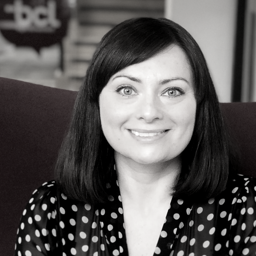Articles From the Team
Inclusion & Diversity in the legal sector
I recently attended training on D&I with Joanne Lockwood from seechangehappen.co.uk and this really opened my eyes to the challenges some of our candidates face on a daily basis.
Under the Equality Act 2010 there are nine protected characteristics, which it's illegal for employers to discriminate against.
These include:
Age / disability / gender reassignment / marriage and civil partnerships / pregnancy and maternity/ race / religion / sex / sexual orientation.
So how diverse is the legal profession?
The SRA collects data from its regulated law firms every 2 years. The last report was published in 2019 and the data came from 9500 law firms and 186,000 members of staff within these firms and covers the above points. An article from March 2020, sets out key findings from each of the diversity categories to include;
Age - 59% of lawyers are aged 25-44, with 36% of Partners aged 44-55.
Gender - Women make up 49% of solicitors in law firms with 39% of these making Partner and the general workforce equating to 75% female
Gender Identity - Recorded for the first time in 2017, 2% of solicitors and 1% of Partners confirming their gender identity was different to that assigned to them at birth
Ethnicity - BAME (black, Asian and minority ethnic lawyers in law firms equates to 21% with large firms – 50 + partners having the lowest proportion of BAME Partners at 8%
Disability – the figure in the general UK workforce stands at 13% in comparison to 4% in the legal sector
Sexual Orientation – 3% of lawyers identify as LGB (Lesbian, gay or bisexual), which is an increase on 2017 (2%)
Religion – Christians form 49% of lawyers and this has decreased over the last 5 years with 30% having no religious beliefs and Muslim increasing 5% over the last 5 years to 10%
Social Mobility – 21% of solicitors attended a fee paying school and 51% had a parent with a degree
Caring responsibilities – 34% of lawyers are primary carers for children, increasing by 3% since 2014 and 9% have caring responsibilities for someone other than a child
Although there is room for vast improvement still, there is certainly an increase in all of the categories and the response rates when comparing the data from 2017 to 2019. In relation to response rates, the proportion of people who select ‘prefer not to say’ varies depending upon the category with gender being the most responded to at 97% and religion and other caring having the lowest responses at 84%.
I came away from our D&I training feeling more determined to ensure I was contributing towards making positive changes in this area, which is also a huge topic of importance to firms we are working with.
Supporting D&I is about valuing everyone in the workplace as an individual where everyone feels able to participate and achieve their potential, and something I will continue to embrace in my role at BCL.
